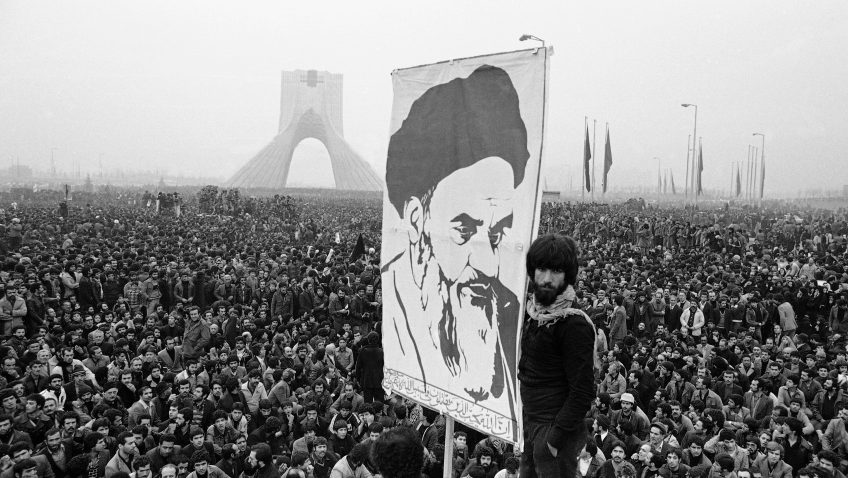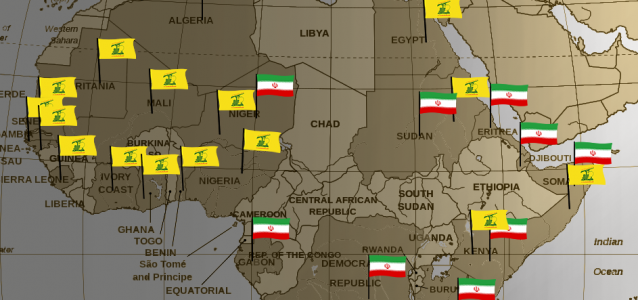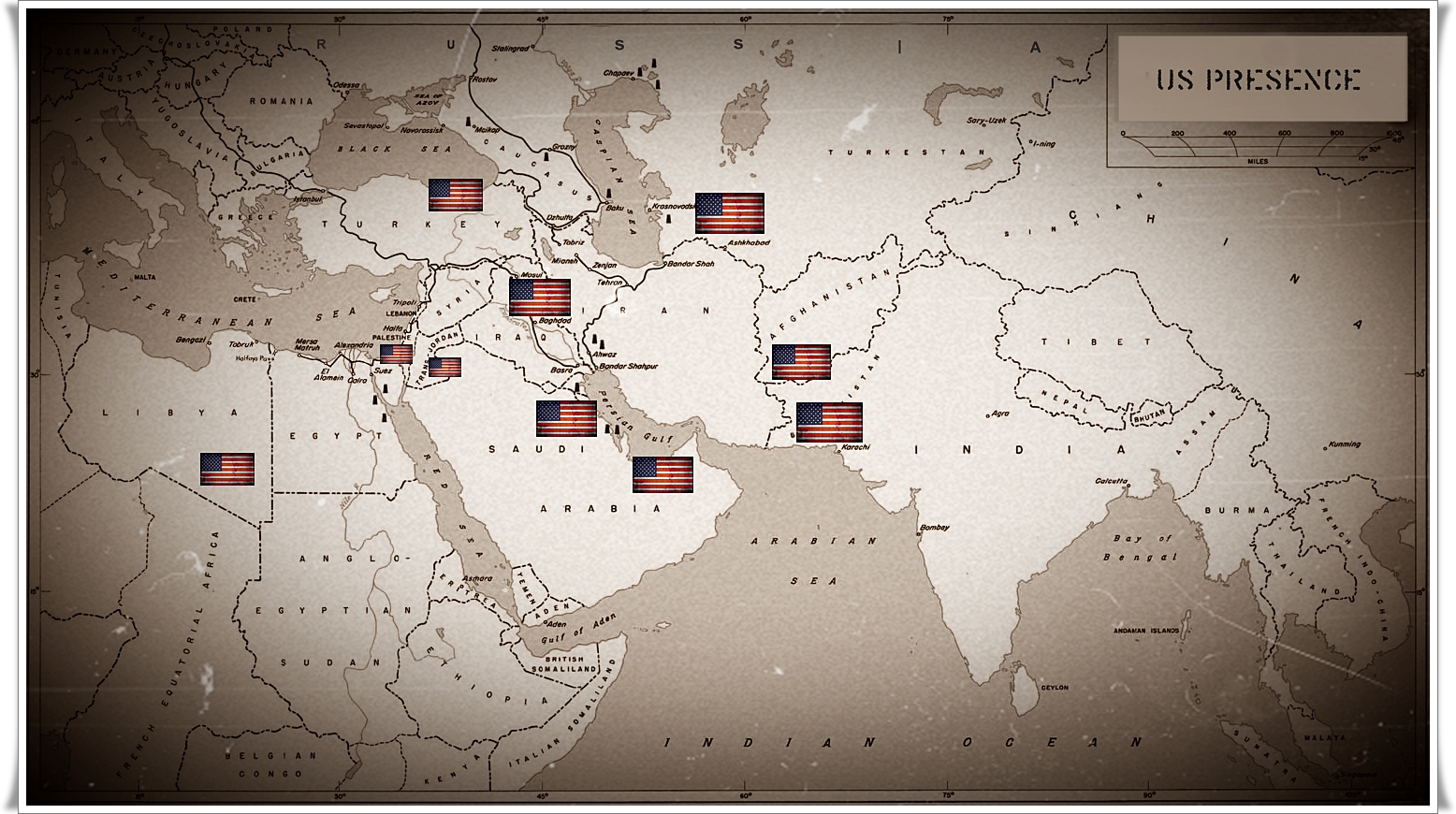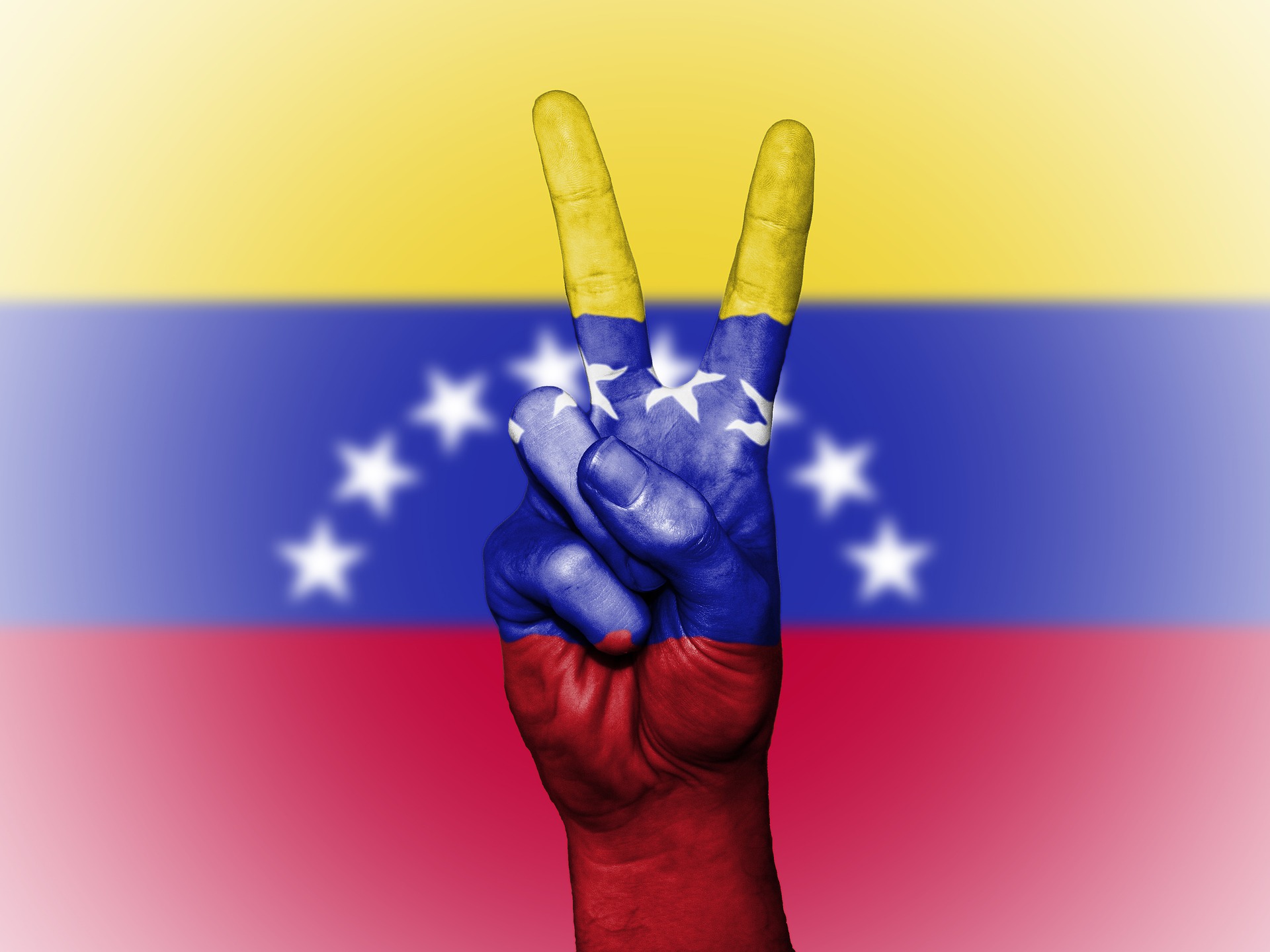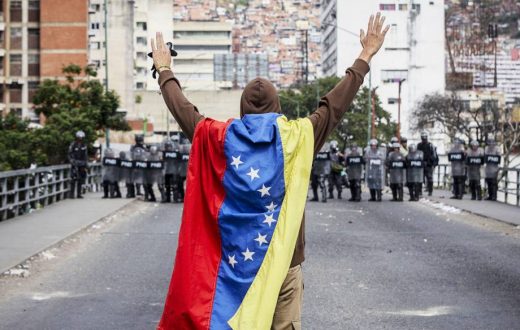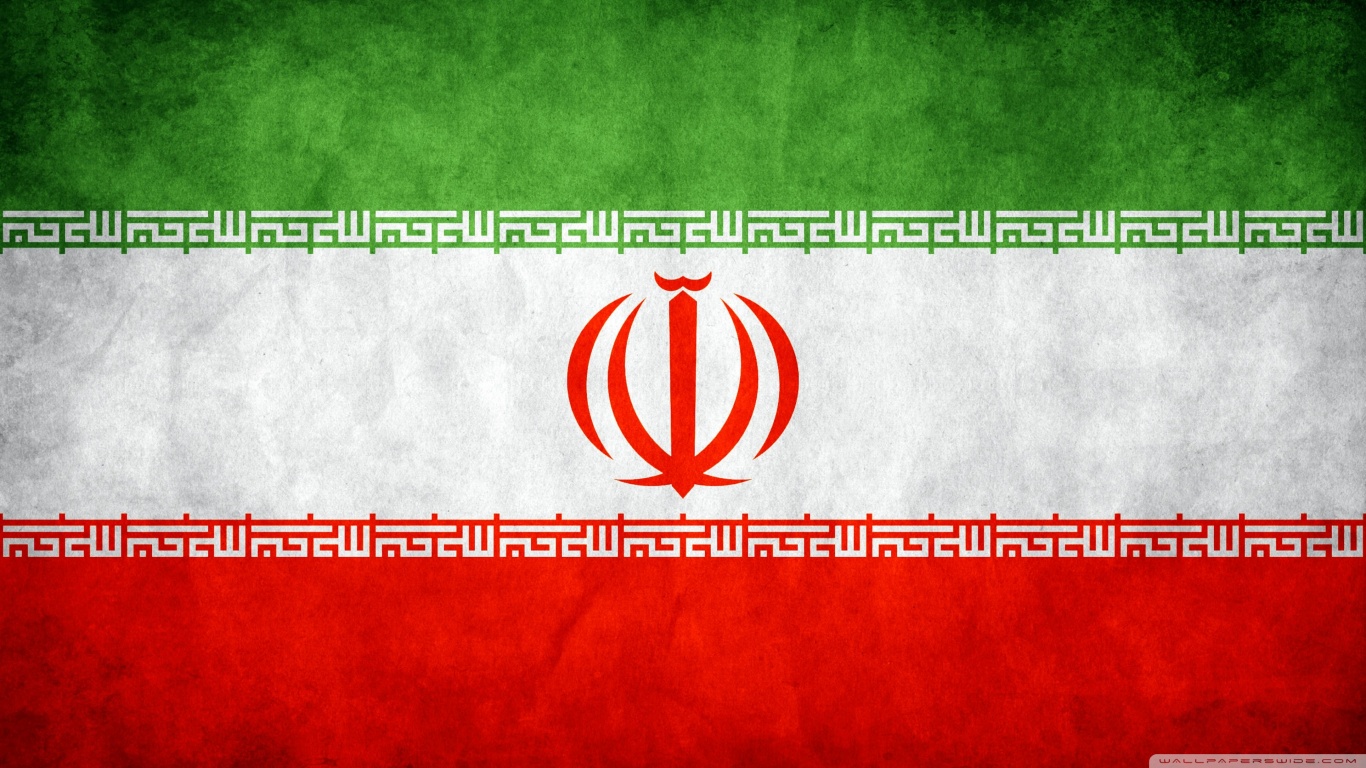This month of February marks the 40th anniversary of the Iranian revolution of 1979, which overthrew the Pahlavi dynasty, whose last representative is Shah Mohammad Reza Pahlavi. Ayatollah Khomeini then took the lead in Iran and establish a theocratic republic. The year 1979 is an historic turning point in the Arab world and still jostle, 40 years later, the geopolitic of the entire Middle-East. Today Iran is in a complicated economic situation because of its conflict with the United States. It is also becoming a target of many neighboring Arab countries. I propose to redraw the history of this iranian revolution.
Presages of a Revolution
In the 1970s, Iran experienced a major economic crisis, linked to the oil crisis. A gap is created between the rich and the poor, but also between the city and the countryside. The Shah family is the first to benefit from oil incomes, and the regime seems as very corrupted in the eyes of the population.
During the year 1977 US President Jimmy Carter applies pressure against Iran. He threatens the cessation of arms sales, and calls for greater respect of human rights, including greater freedom of expression in the country. The Shah regime is then seen as brutal and oppressive towards its people. An Iranian opposition is constituted then. The great figure of this emerging movement opposing the Shah is Mehdi Bazargan. He leads the “Movement for Freedom of Iran”. In October 1977, a first popular demonstration took place in Tehran, with economic and political demands. 1977 is also the year when the influential Islamic theorist Ali Shariati died in unknown circumstances. He was erected as a martyr by the revolutionary people.
From that moment, intellectual and political elites no longer hesitate to criticize the government. In addition, Mostafa Khomeini’s son Ayatollah Khomeini is also found dead. His father accuses the Shah regime. This one goes to Iraq, but in Iran the protests are more virulent.
The end of a dynasty
The Shah was taken by surprise by the numerous protests in more than 50 cities in the country. To ease tensions he put in place a liberalization plan and decides to negotiate instead of using force. He reduces the censorship and made sure to reduce the corruption of the royal family. The demonstrations will then stagnate for a while, until the terrorist attack in the city of Abadan, where 422 people were burned live in the Rex cinema. Khomeini accuses the Shah’s government, and the people will do the same.
The black friday event marks a turning point, breaking any possibility of negotiations between the government and its opposition. On September 8, 1978 thousands of protesters walked in the streets of Tehran to oppose the introduction of martial law in more than 11 cities by the Shah. The army fired on the crowd, and used tanks and helicopters to control them. The opposition counts nearly 4,000 dead, while the government counted only 87. Since this tragic event, the Shah lost the little support he had left. A series of protests gathering even more people followed the massacre, including a general strike that paralyzed the oil industry, essential to the survival of the regime. The Shah is also militarily supported by the United States.
Nevertheless, demonstrations will not stop growing, and the Shah decides to give up to the military government. He decided in January 1979 to leave the country. He went to Egypt, and after few stops, went to the United States. The new prime minister, Shapour Kakhtiar, remains in Tehran and still thinks he can pacify the situation. Ayatollah Khomeini returns to Tehran and decides to organize a provisional government, considering Shapour as illegitimate.
After many tensions, the army decided on February 11, 1979 to remain neutral. That same evening, Ayatollah took power, appointing Mehdi Barzagan as prime minister. April 1st, the Islamic Republic is proclaimed in Iran, the day after its 98% approval by a referendum. In June, the movement for freedom publishes its constitution.
40 years after
it’s now 40 years since the Islamic Republic has been proclaimed. Ali Khameini succeeds Ayatollah Khomenei in 1989 as « guide of the Revolution ». This Iranian revolution had an international impact and disrupted the geopolitics of the Middle East. Among other things, it redrew the relations with the United States. Ayatollah Khomeini and the revolutionaries were very hostile to the Americans, and the hostage-taking of the US embassy in Tehran signs the beginnings of an Iranian-American hostility. Their political strategy has since been to prevent the United States from gaining foothold in the Middle East. Moreover, this revolution inspires Sunni Islamist movements and Shia minorities. In addition, Iran’s position frightened neighboring countries, which partly explained the invasion of Iraq in Iran in September 1980. Futhermore, 1979 marks the period of the emergence of a strong and influential political Islam.

